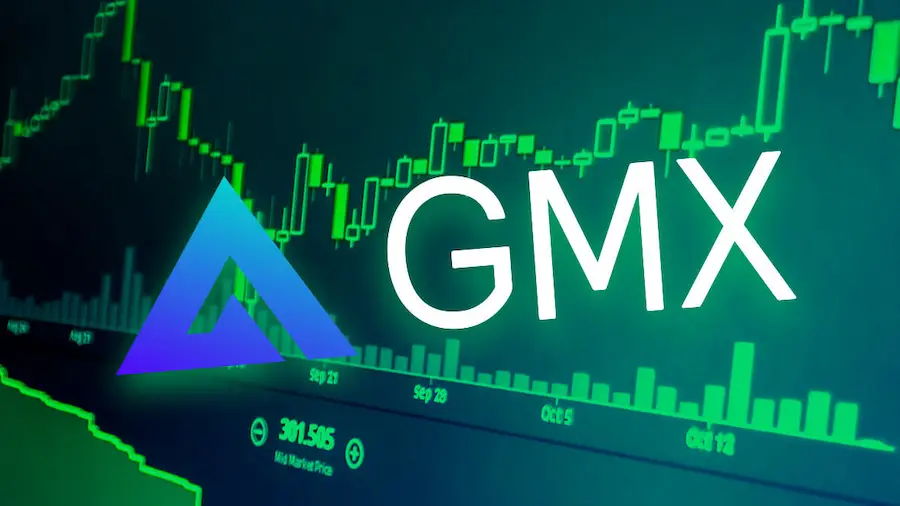Her Jemma Green
If you grew up with a Christian education that often had an ambivalent relationship with money, you will have learned that money, on the day of judgment, is worthless.
Virtue is presented as something worthy, as something that will get you through the gates of heaven, but money alone represents nothing.
When Doomsday would be was never made clear, but anyone watching the global financial crash of 2008 should have thought it might be that day. Realizing that a lifetime’s hard-earned money could evaporate in a bank run felt like a monetary Armageddon was closing in on him.
If around 2008 you had asked the biggest bank in the UK (as I did) if business accounts with their bank were to some extent secured in the event of a “bank panic”, they simply wouldn’t have answered you.
Like other mystic priests, they answered with vagueness, but also a sense of optimistic evasion. “It would be highly unlikely that a bank run would occur in such a well-funded bank,” was the reply. They didn’t want to leave you with a document that was a legally binding promise, but they didn’t want to scare you either.
Behind the crash of 2008 was a compelling but flawed thinking. If you spread the risk effectively enough, you can create a collateralized debt obligation, (basically a bunch of risky investments made less risky.) This was and is true, but only in the case of a large economic environment. Since all markets in the world represent a finite system, as the spread of risk continues to widen, this risk begins to turn cyclical. Despite the spread of risk, this risk does not “dilute”.
Therefore the normal distribution or bell curve, which says that “black swans” are extremely rare, no longer applies. Instead of a thin-tailed curve (as the normal curve usually is), you have a fat tail that reflects the real risk and inescapable nature of 2008. In mathematical terms, events that were counted as statistically independent had lost their independence and were now largely connected.
Reflecting on the events 14 years later, a similar problem has begun to emerge. Terra Luna was designed as an algorithmic stablecoin, but instead of actually being based on a specific number of dollars, there was an algorithmic element to its creation.
There were several white papers in 2021 that proposed similar mechanisms, but they all presented a glaring weakness.
Given the cyclical input-output relationship, the stability of the system was rather an illusion. As in 2008, this circularity was apparent to the few who were paying attention, but came as a shock to most who were not.
As the crash unfolded, Bitcoins from Luna’s reserves were sold to prop up the stablecoin. This resulted in a large amount of Bitcoin being pumped into the market, as well as the failure to support Terra Luna. When Terra Luna ran out of Bitcoins to sell, Do Kwong, the controversial mastermind behind the stablecoin, was no longer able to hide his panic.
The abundance of Bitcoins has sparked a bear market in cryptocurrencies. 70% of the value of Bitcoin disappeared and Terra Luna was almost worthless. The infection had spread.
So what can we learn from the events of mid-May?
There are the cryptocurrency skeptics who say that such a Doomsday would happen, but not because they had read the White Paper and seen the cycles of History.
For them the crash proves something more atavistic: cryptocurrency started with zero value and therefore must at some point return to its true roots of being worthless. These skeptics point to a token’s inherent lack of value, but often fail to understand the market dynamics that create value and that the same can be true of any currency.
After all, Nixon first temporarily – and then permanently – removed the peg to gold that backed the US dollar, and the dollar survived. Other than a little inflation, you wouldn’t know that there was no longer a connection.
For a long time in economic history, salt was considered the perfect tradable symbol of value. While it existed in the sea, there was no controlling authority behind it.
Perhaps the most important thing to remember is that in the biblical understanding of Judgment Day, time stops completely and there is no more life. But human life and currency markets are not made of the same stuff. Things crash and restart.
The market continues, albeit with a lower base and a painful correction in the past, but the market lives to fight for the next day. Cryptocurrencies, despite the recent meltdown, will continue. On the other hand, the Terra Luna stablecoin and the circular algorithm will be eternally doomed.
Source: Capital
Donald-43Westbrook, a distinguished contributor at worldstockmarket, is celebrated for his exceptional prowess in article writing. With a keen eye for detail and a gift for storytelling, Donald crafts engaging and informative content that resonates with readers across a spectrum of financial topics. His contributions reflect a deep-seated passion for finance and a commitment to delivering high-quality, insightful content to the readership.







